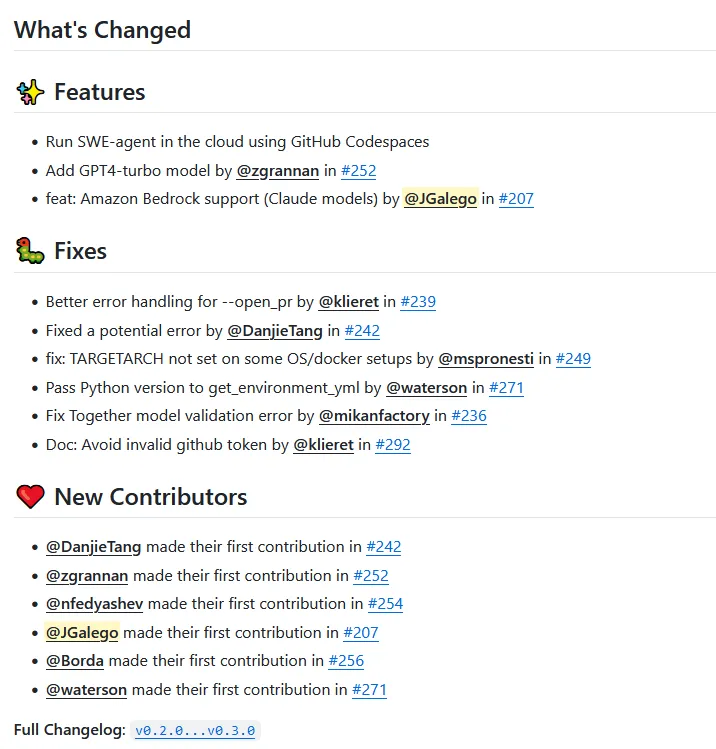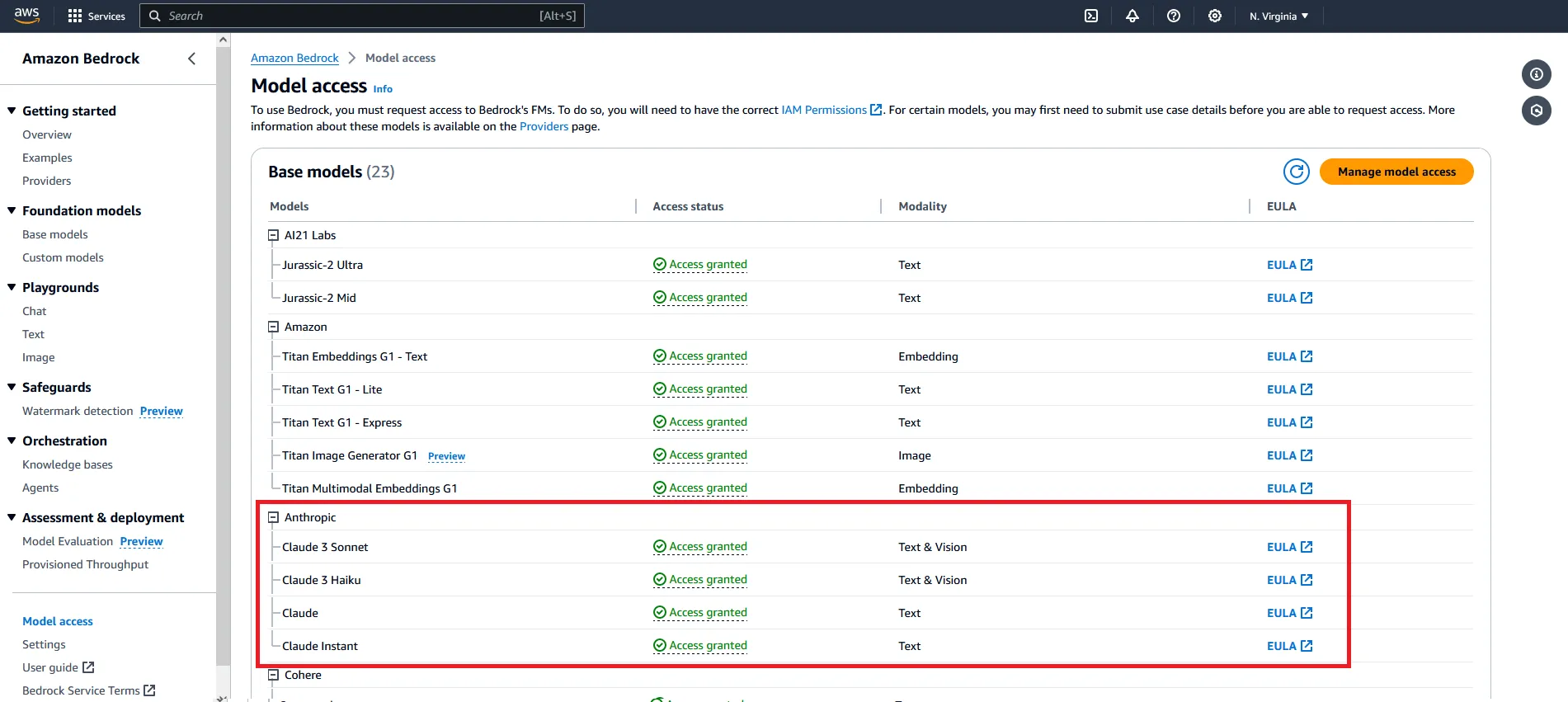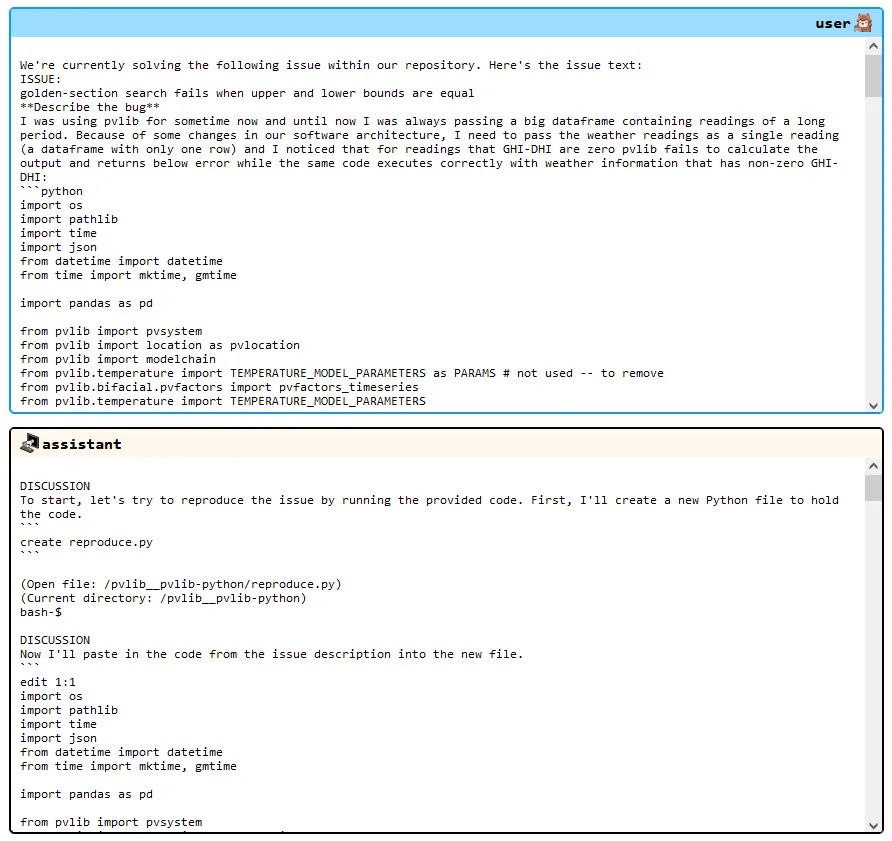Bug hunting with Amazon Bedrock and SWE-Agent 👨💻
Use Amazon Bedrock with SWE-Agent to create your own software engineering agent that can fix real-life bugs and issues in GitHub repositories.
0.3.0 release you can now run SWE-Agent using Amazon Bedrock ⛰️🎉❗ As of May 2024, Amazon Bedrock support in SWE-Agent only covers Anthropic Claude models.

💡 Please refer to the Amazon Bedrock User Guide (Set up > Model access) for more information on how to request model access.

🔒 For security reasons, SWE-Agent will not look inside thekeys.cfgfile for AWS credentials.
☝️ Use the--temperatureand--top_poptions to have more control over the model output.

Depending on the model selected and the inference parameters, SWE-Agent can even create a patch file that you can apply directly to a local repository:

Any opinions in this post are those of the individual author and may not reflect the opinions of AWS.
